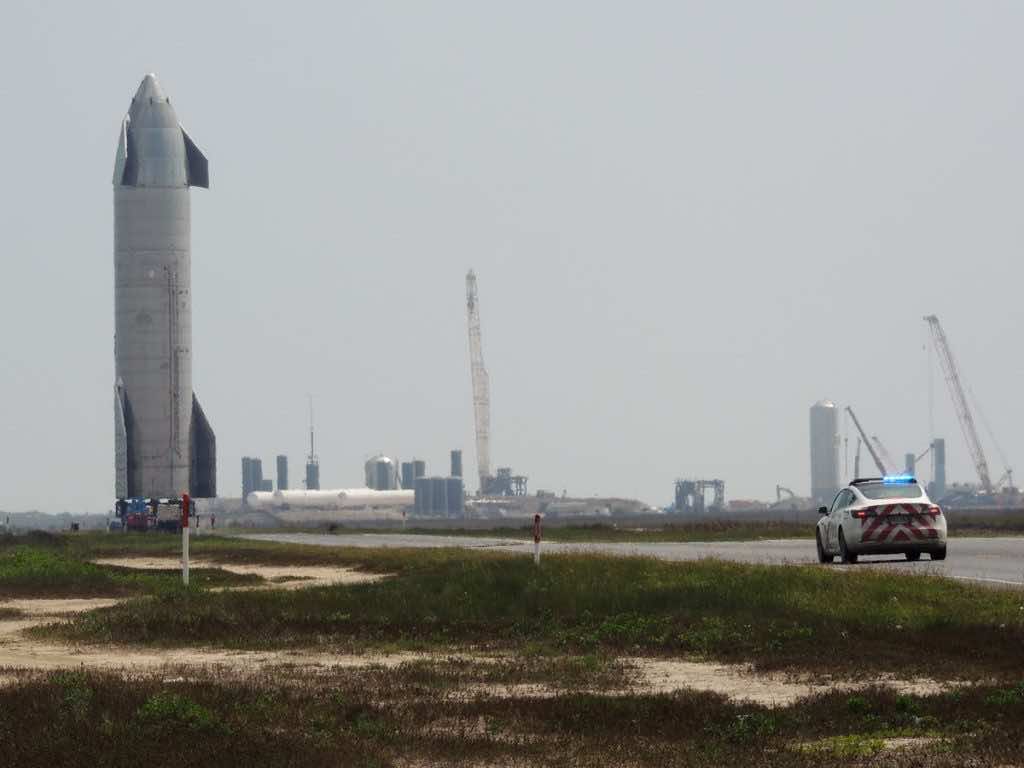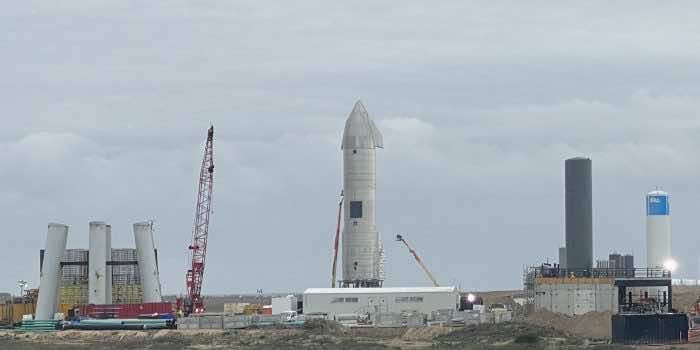No more splashdown landings into the ocean, no more rockets blowing up before they even tried to land. SpaceX has finally managed to land a Starship as safely as possible. This means that yet another milestone has been reached towards the company’s final goal of building a reusable Mars rocket and setting up a low-orbit transportation system. There now may be leagues ahead of China who just announced the same project a few days ago.
The Starship in question was SpaceX’s SN15 rocket, on why this rocket just didn’t blow up, Elon Musk said that the rocket had “hundreds of design improvements” over all the past prototypes. The prototype landed successfully on Wednesday after conducting a high-altitude flight. The Starship took off at around 6:24 PM ET from SpaceX’s facility at Boca Chica, Texas. The prototype went as high as more than 6 miles in the sky while testing in-flight maneuvers.

At the peak of its flight, all three Raptor engines of the rocket shut down allowing the rocket to free-fall back to Earth. Nearing the land, two out of three engines reignited and the rocket underwent a complex landing flip maneuver. The rocket flipped on itself and repositioned itself vertically ahead of a clean touchdown.
The whole test was live-streamed on YouTube, which you can see below. They even showed a close-up of the engines giving us an idea of how exactly the rocket was kept stable enough to land.
Elon Musk tweeted about the company’s success just minutes after the landing was successful. The only problem that took place was a small fire at the base of the prototype after landing but John Insprucker, SpaceX engineer assured that this was “not unusual with the methane fuel that we’re carrying”. The fire was extinguished soon after. The biggest achievement is that nothing exploded as was the case with all of the previous prototypes.
According to Insprucker “The past two weeks have been full of accomplishments by the SpaceX team”. NASA awarded the company $2.9 Billion to use the Starships for their missions to the moon in 2024.


